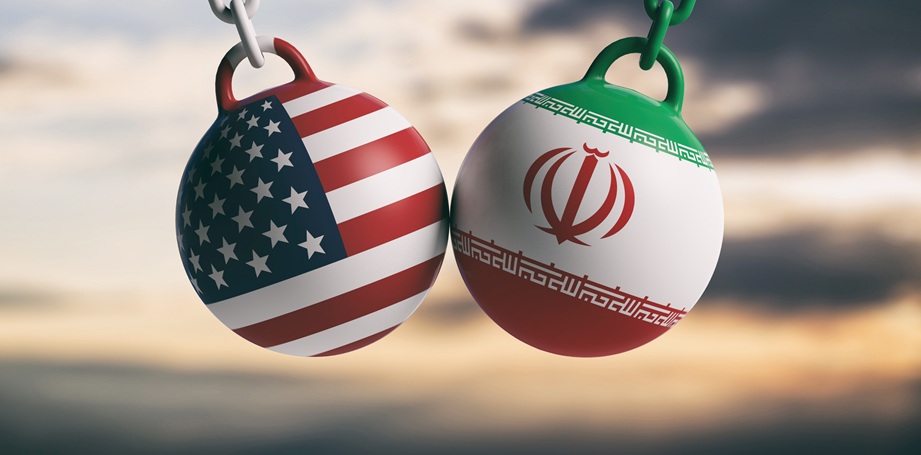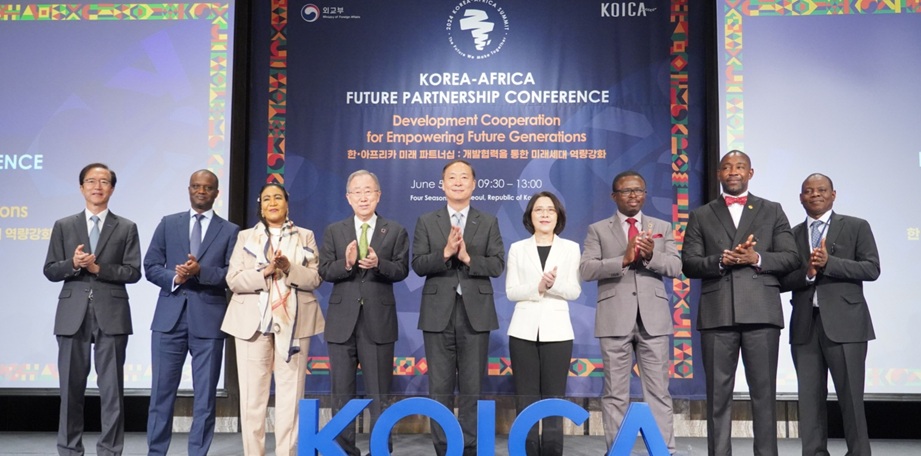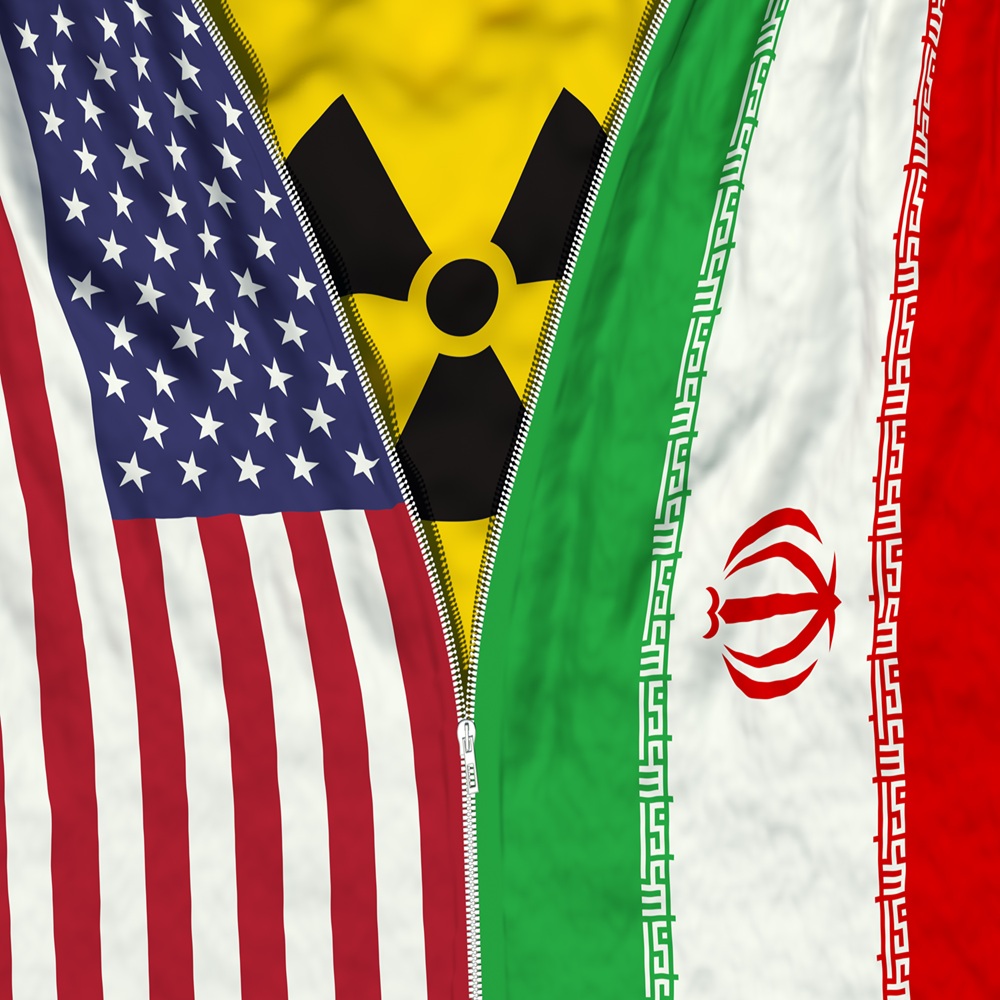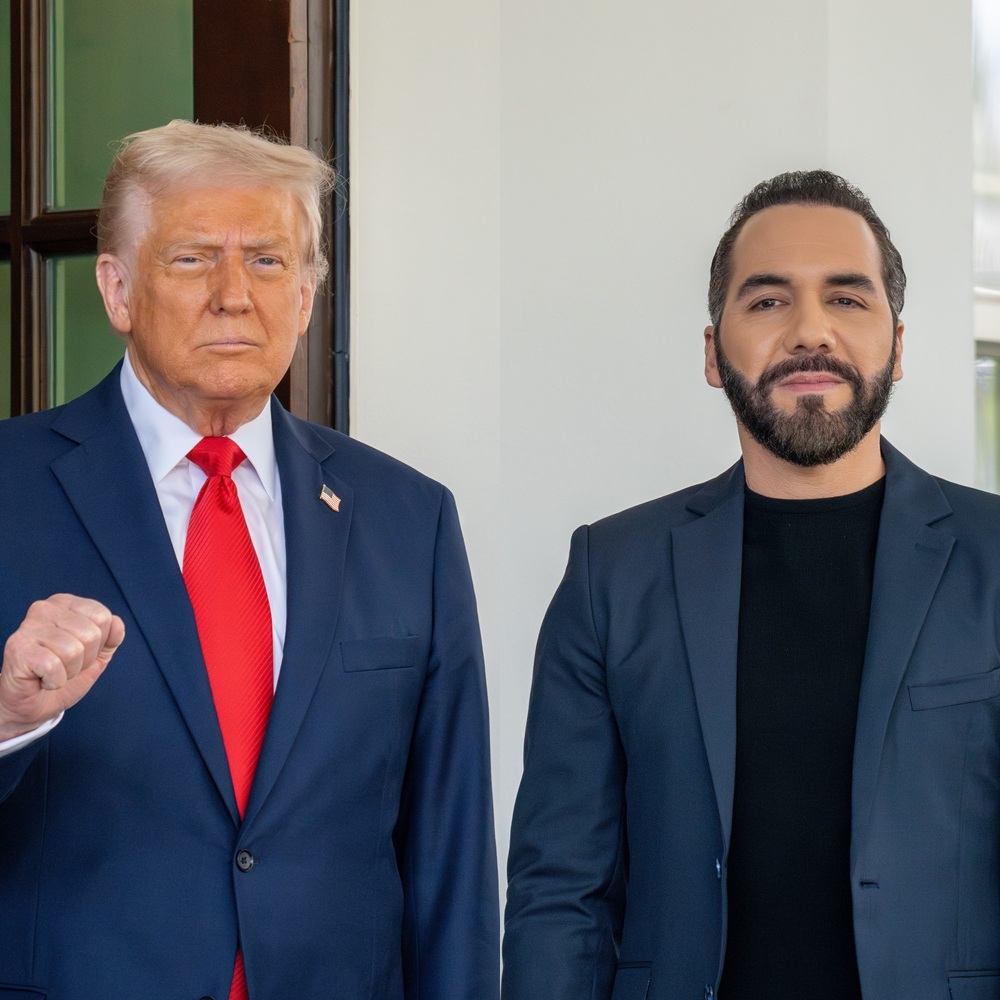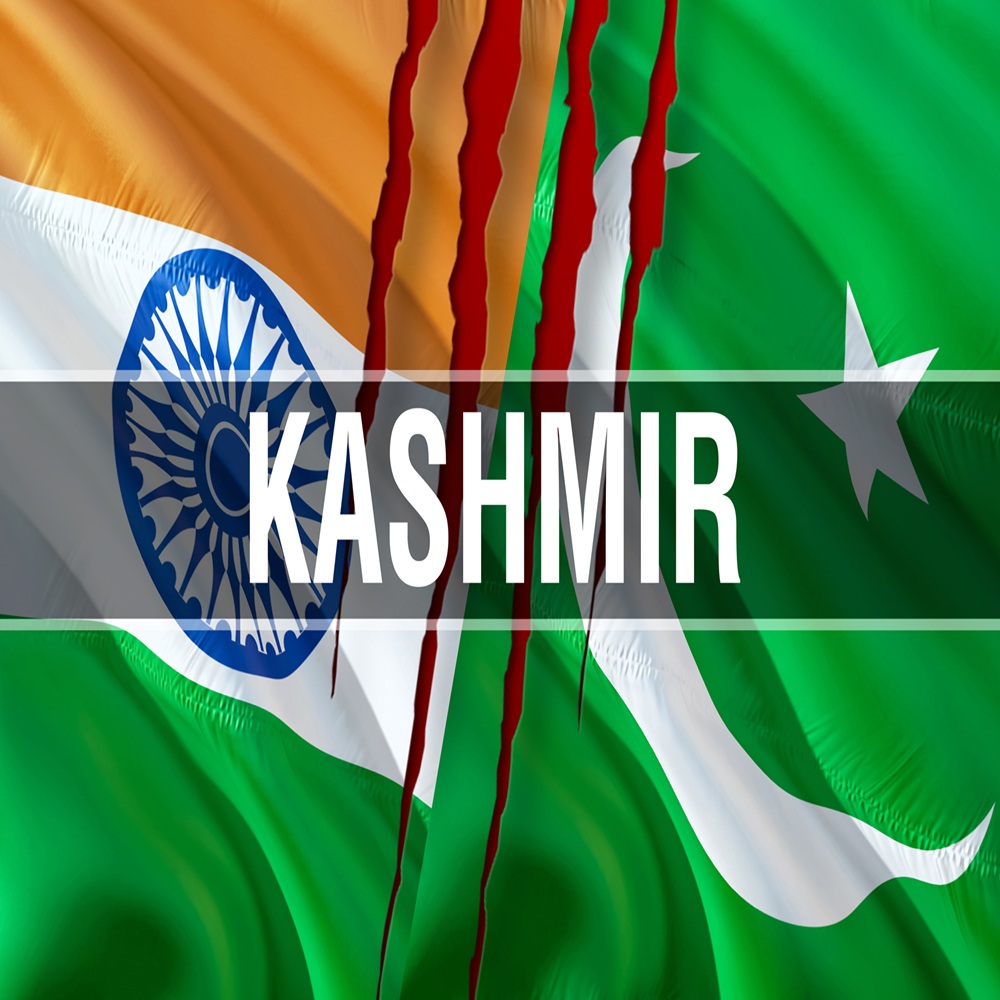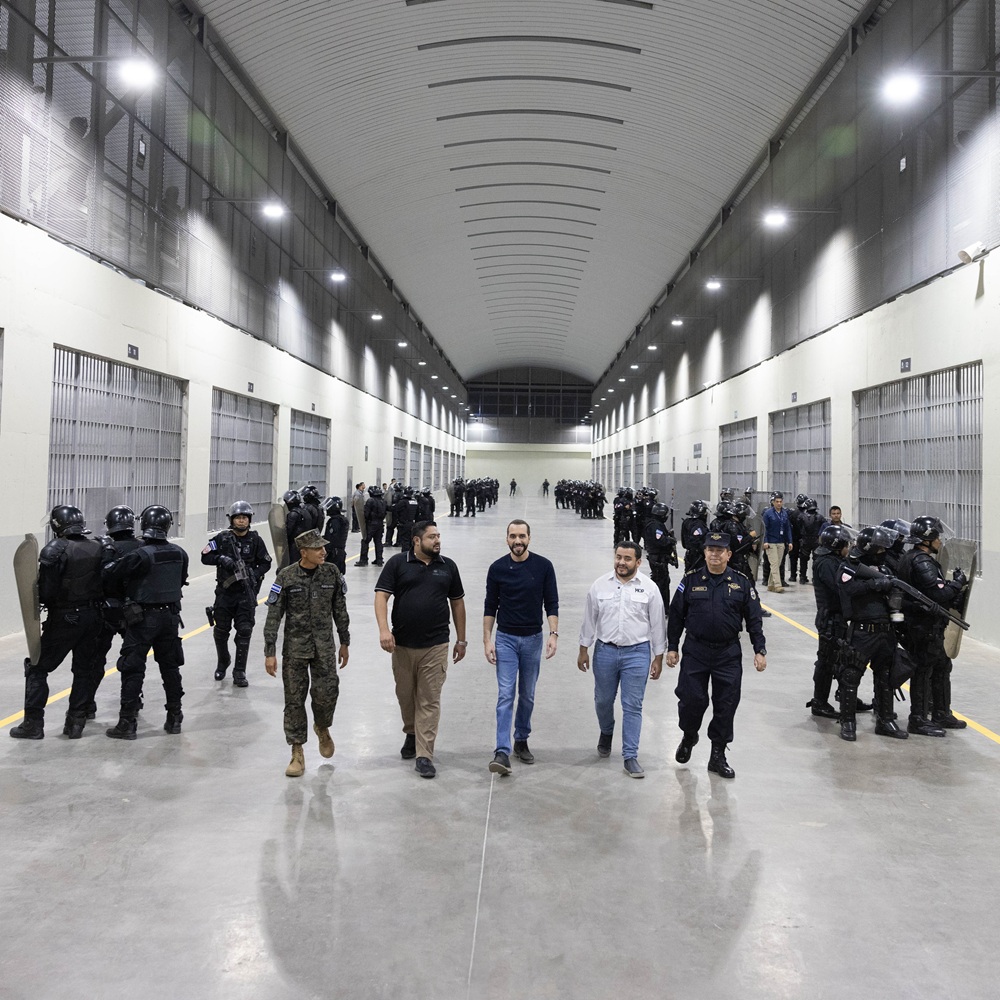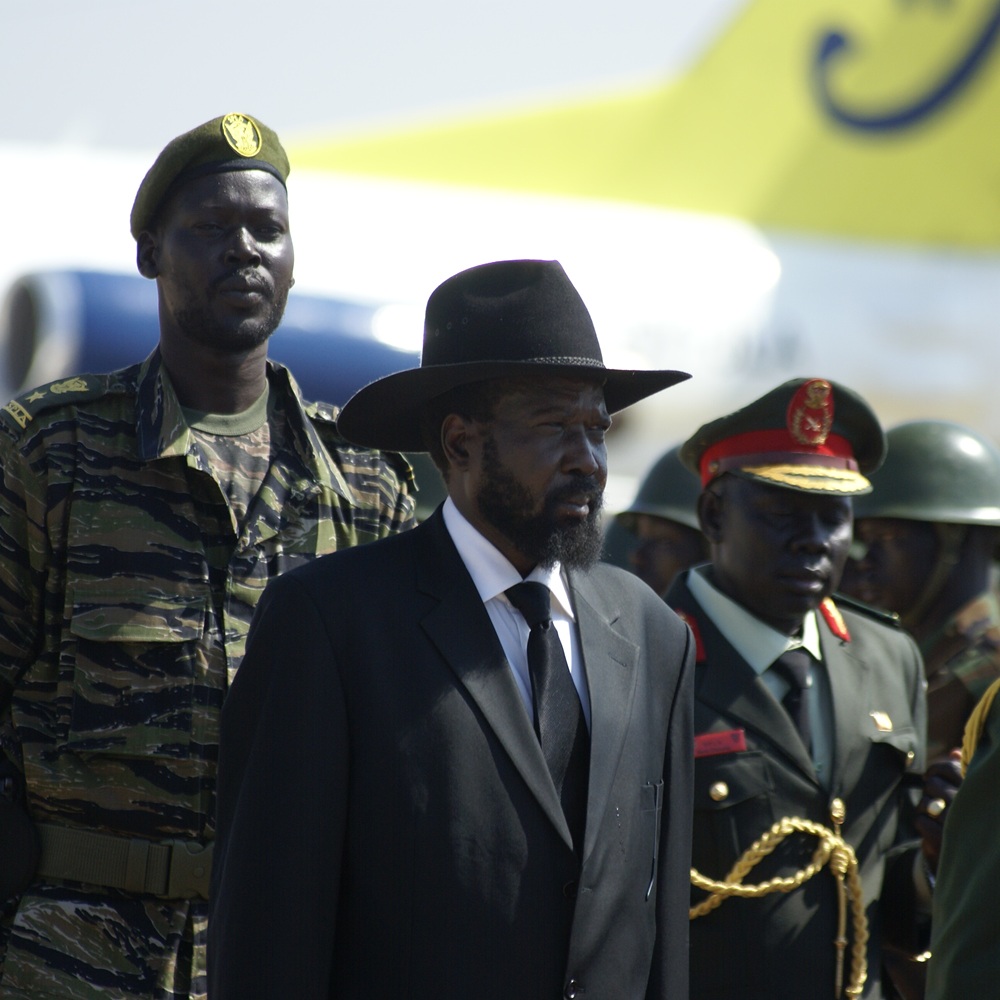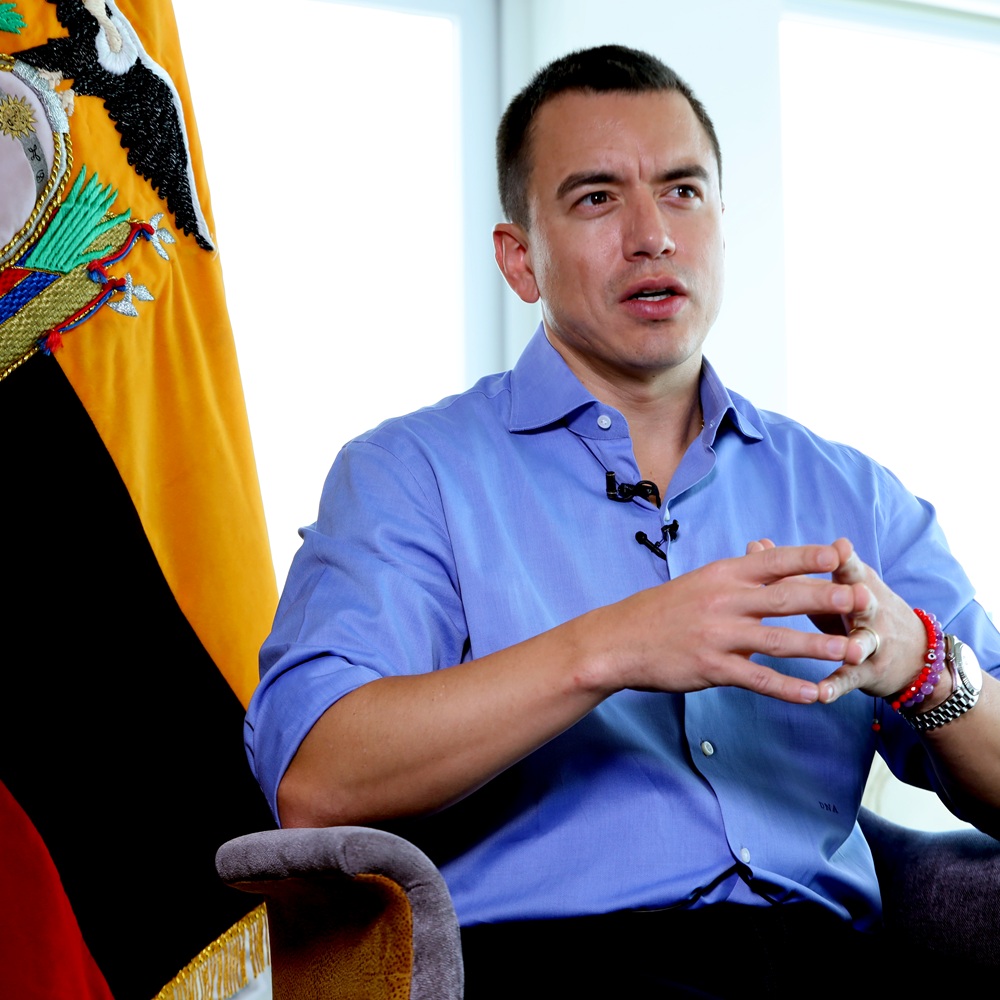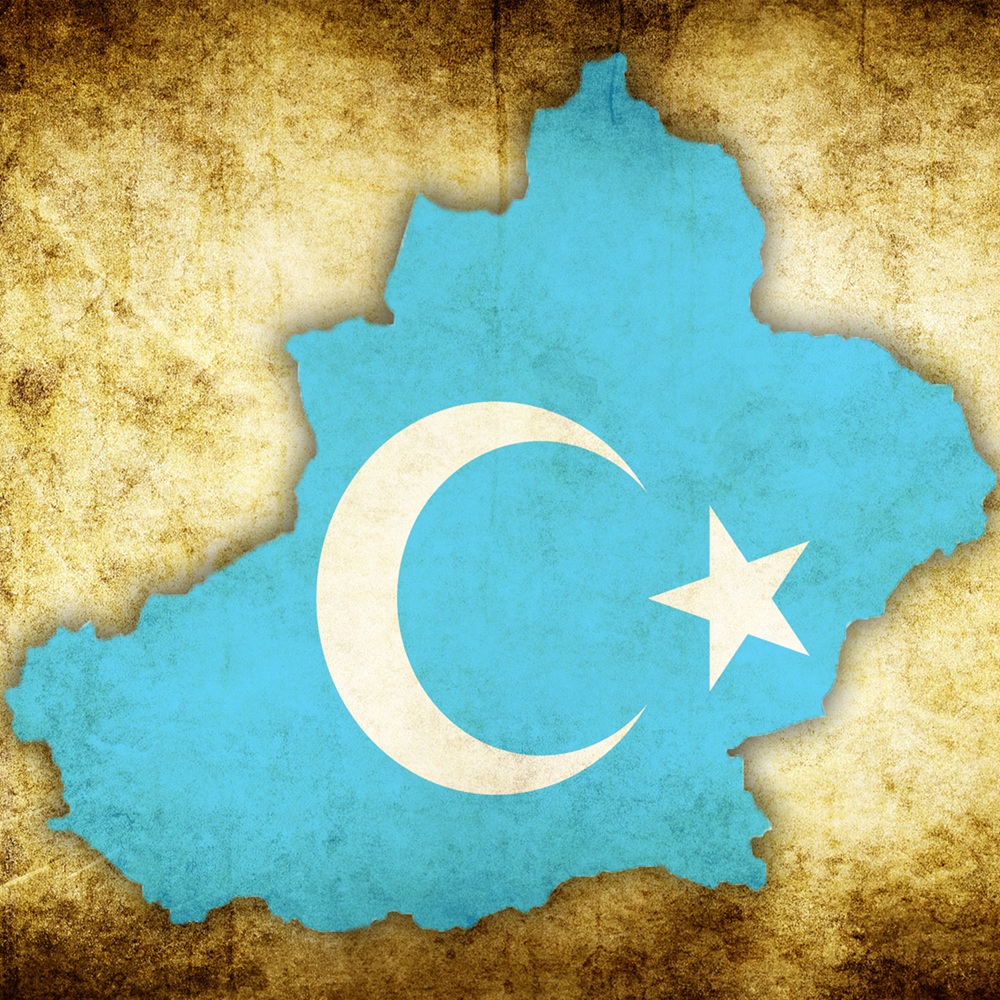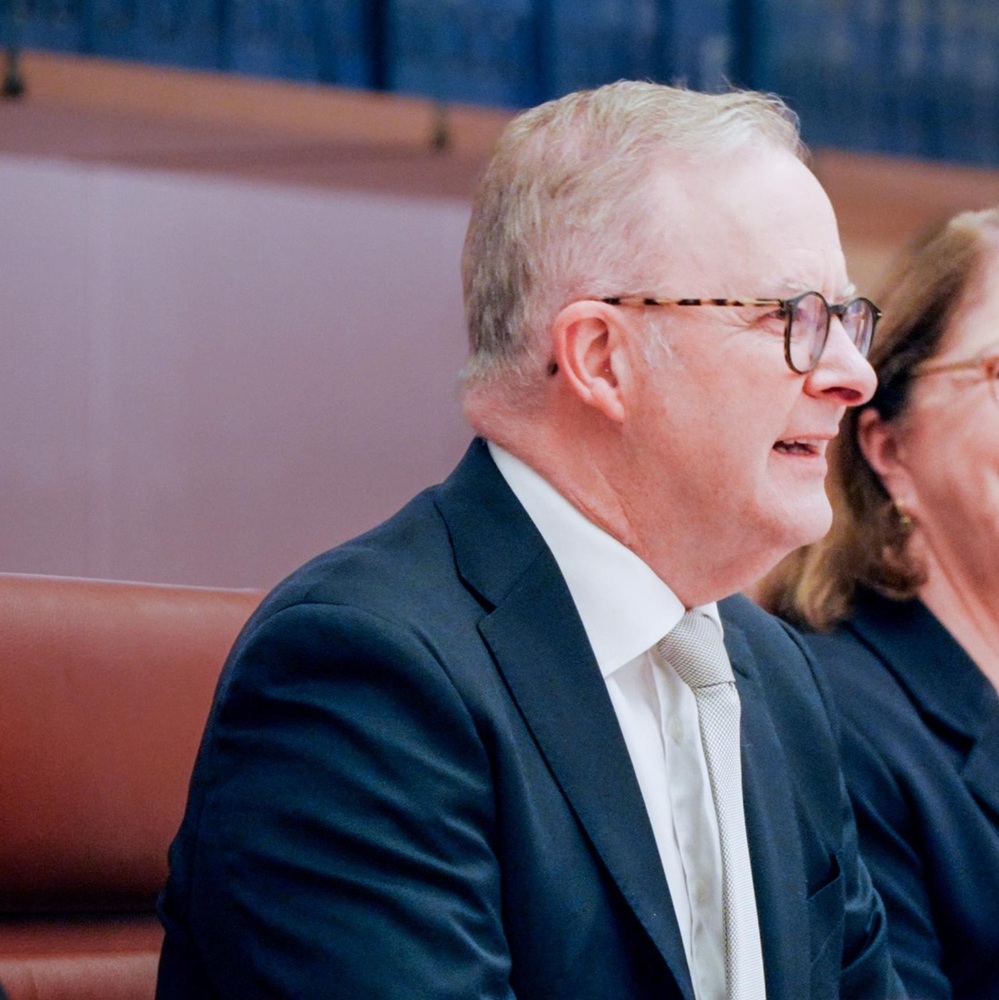
A Historic Election for Australia
by Chhayheng Soth
한국어로 읽기 Leer en español In Deutsch lesen Gap اقرأ بالعربية Lire en français Читать на русском Labor’s landslide victory and Conservatives in disarray In the same week that Canada swung left, Australia followed with a similar but even more decisive result. Just two hours after polls closed—at 8:25 p.m. on May 3—ABC News officially declared the Australian Labor Party (ALP)'s election victory and Prime Minister Anthony Albanese's second term. A red wave swept across the country, delivering the Conservatives their worst defeat in recent memory. The loss was significant in scale, and symbolic: Opposition Leader Peter Dutton even lost his own seat in Parliament, a seat he had held for 24 years. A historic election Prime Minister Albanese defied pre-election polls and predictions, delivering the most decisive victory for Australian Labor Party (ALP) in the country`s modern history. While opinion polls had forecast an ALP win, they suggested it would fall short of a majority, with a hung parliament being the most likely outcome.[i] However, as soon as the polls closed, a nationwide swing toward Labor signaled trouble for the Liberal-National Coalition (an alliance of conservative parties). Less than three hours later, ABC News declared that the ALP would form the next government. This election marks a historic moment for the ALP in at least three key ways. First, Albanese becomes the first incumbent Prime Minister to win consecutive elections since John Howard in 2004, breaking the so-called “incumbency curse” that has plagued several Australian prime ministers in the past two decades. He is also the first Labor Prime Minister to secure re-election since Bob Hawke (1983–1991). Second, with almost 80% of the votes counted, the ALP is projected to win at least 85 of the 150 seats in the House of Representatives, securing a clear majority well above the 76-seat threshold. In contrast, the Coalition trails significantly with just 39 seats.[ii] This has given the ALP an outright majority, passing over the 76 seats required for a simple majority. The number of seats ALP obtained in this election exceeded the 77 seats it had achieved in the last election in 2022 and any election in its history. Third, the Coalition also made history—albeit in a disappointing way. For the first time, Australia’s Opposition Leader has lost their seat in Parliament. Peter Dutton, who entered Parliament in 2001 and had represented the electorate of the constituency of Dickson for 24 years, was defeated by ALP’s candidate, Ali France. Experts had long identified Dickson as “the most marginal seat in Queensland for the Liberal Party.”[iii] Dutton’s departure from Parliament raises significant questions about the future direction and leadership of both his Liberal Party and the broader Coalition. While he accepted full responsibility for the loss in his concession speech, he has yet to address his political future or the party’s leadership situation. How did it get here? The outcome of this election is surprising and unexpected in many ways. The question is how did it get here? What are the internal and external factors that shaped the outcome of this election? The Coalition’s disastrous campaign Not only did the Coalition fail to secure victory, but current projections show a significant drop in their House of Representatives seats—from 53 in the previous election to potentially fewer than 45. However, this figure merely scratches the surface. The Coalition faces deeper, more systemic problems, most notably in its campaign messaging, policy direction, and overall strategy. The voters’ verdict reflected this clearly. Heading into the election, the Coalition appeared ill-prepared and ran an ineffective campaign marked by unclear messaging and a series of tactical missteps. They failed to craft a coherent, consistent narrative that could resonate with the electorate. Opposition Leader Peter Dutton’s leadership further compounded these issues, with several high-profile errors reinforcing perceptions that he—and his party—were not ready to govern. Among the most notable blunders were: A flip-flopping „work-from-home“ policy[iv];A partial reversal of planned job cuts for public servants[v];An unpopular and vaguely nuclear energy policy[vi]; andA diplomatic misstep involving Indonesia, which Dutton later admitted during the second leaders' debate[vii]. These misjudgments, all within a short campaign period, pointed to a campaign lacking strategic coordination and message discipline. Ultimately, Dutton failed to present himself or his party as a viable alternative government, especially in a time of global uncertainty when voters sought stability and clarity. An anti-Trump sentiment? In just one week, two major democracies—Canada and Australia—shifted decisively to the left, rejecting conservative and right-wingpolitical alternatives. On Monday, Canadian Opposition Leader Pierre Poilievre lost the election and his seat. By Saturday, Australia’s Peter Dutton met the same fate. Dutton had cultivated a hardline image, advocating for controversial immigration restrictions and adopting elements of Donald Trump’s DOGE playbook, including proposed cuts to the public service – an image that earned him the nickname “Temu-Trump” (referencing the Chinese cheap online retailer Temu). The outcomes of the Canadian and Australian elections signal a broader people’s rejection of extreme or polarizing styles of governance. Analysts have pointed to the “Trump factor” as a key external influence swaying voters against right-wing opposition parties. In the current context of global uncertainty—characterized by geopolitical tensions, economic instability, and the lingering impact of Trump-era trade wars—voters appear more inclined to maintain the status quo. Rather than risk unknown changes, manyseem to have opted for continuity and stability under incumbent governments. “[…] Today, the Australian people have voted for Australian values. In this time of global uncertainty, Australians have chosen optimism and determination. Australians have chosen to face global challenges the Australian way.” Prime Minister Anthony Albanese, during his speech at the ALP campaign headquarters following election victory. What does it mean for Europe and the world? Key foreign policy issues—such as AUKUS, increased defense spending, and international trade—featured prominently during Australia’s election. In the current global context, Australia and the European Union (EU) have much to gain from deepening their partnership. Recently, the United States imposed a baseline 10 percent tariff on several trading partners, including the EU and Australia. The initial proposal suggested tariffs as high as 20 percent on the EU and 10 percent on Australia. These measures pose a challenge not only to the global trading system but also to bilateral trade relations between the US and key allies. Against this backdrop, Prime Minister Albanese’s second term presents a timely opportunity to revive efforts toward finalizing the long-stalled Australia-EU free trade agreement. Negotiations have been on hold since the fifteenth round in 2023, but a renewed commitment from both sides could pave the way for a more robust trade partnership.[viii] On defense and security, the ALP-led government increased Australia’s defense budget by A$50 billion during its first term, with plans to raise defense spending to 2.3 percent of GDP by the 2030s. This aligns with the EU’s current push to bolster its own defense capabilities, suggesting a convergence in strategic priorities between the two partners. In brief, the outcome of this election signals continuity in Australia's strategic direction and opens a new window of opportunity for enhanced cooperation with the EU. References [i] Rania Yallop, “What if no one wins? What to know about a minority government”, SBS News, 28 March 2025. https://www.sbs.com.au/news/article/what-if-no-one-wins-what-to-know-about-minority-government/v6swmoisl[ii] ABC News, "Australian federal election lives 2025 results“, 04 May 2025. https://www.abc.net.au/news/elections/federal/2025/results?sortBy=latest&searchQuery=&filter=all&selectedRegion=all&selectedParty=all&partyWonBy=all&partyHeldBy=all[iii] Gavin Butler, “Australian opposition party realing after Albanese’s landslide election win”, BBC News, 04 May 2025. https://www.bbc.com/news/live/cevdw14r1mgt[iv] ABC News, "Peter Dutton partially walks back public service work-from-home vow“, 05 April 2025. https://www.abc.net.au/news/2025-04-05/dutton-walks-back-public-service-wfh-plan/105141758[v] ABC News, "Dutton confirms public service cut limit to Canberra, which labor say impossible“, 24 April 2025. abc.net.au/news/2025-04-24/dutton-confirms-public-service-cuts-limited-to-canberra/105211946 [vi] The Guardian, "Australians’ support for nuclear power ban rises despite Dutton’s best efforts to sell atomic future, survey finds“, 01 May 2025. https://www.theguardian.com/australia-news/2025/may/01/australians-support-for-nuclear-power-ban-rises-despite-duttons-best-efforts-to-sell-atomic-future-survey-finds[vii] The Guardian, "Dutton admits he made mistake on Indonesia in ABC leaders’ debate as Albanese evasive on electricity price“, 16 April 2025. https://www.theguardian.com/australia-news/2025/apr/16/dutton-admits-he-made-mistake-on-indonesia-in-abc-leaders-debate-as-albanese-evasive-on-electricity-prices[viii] Department of Foreign Affairs and Trade, Australian Government, "Australia-EU FTA – report on 15th negotiation round, 24-28 April 2023“, n.d. https://www.dfat.gov.au/trade/agreements/negotiations/aeufta/aeufta-news/negotiating-round-fifteen-24-28-april-2023









